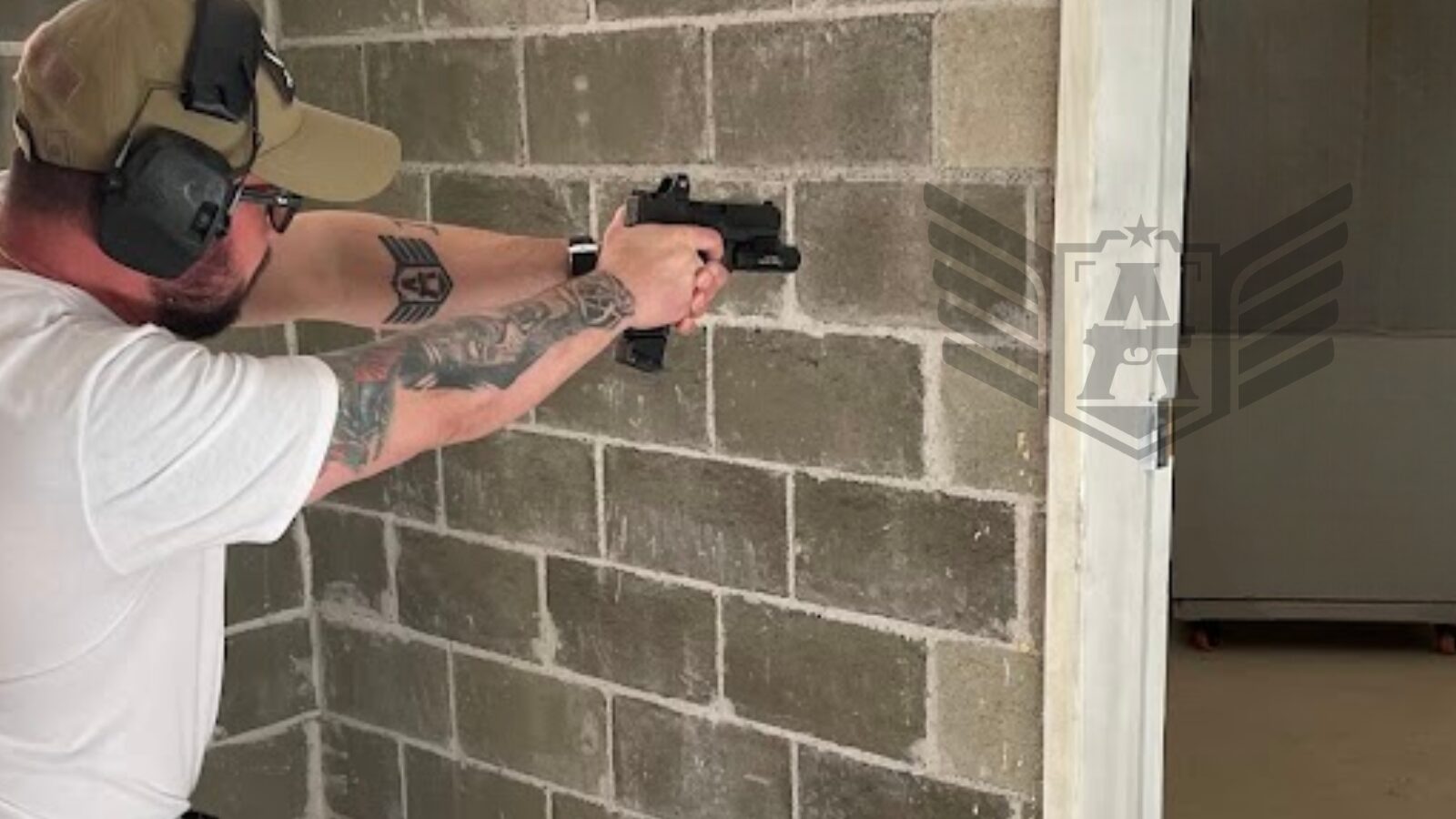A comprehensive systematic review published in Aggression and Violent Behavior (Browne et al., 2022) synthesizes data from 21 empirical studies—15 focused on offender profiles and 6 on interventions—to better understand knife crime dynamics. The findings shed light on the demographic, psychological, and social characteristics of knife crime offenders, as well as the effectiveness of prevention and rehabilitation strategies.
Offender Characteristics
The review identifies several recurring characteristics among individuals involved in knife crime. Young males (particularly in late adolescence and early adulthood) are disproportionately represented, especially in public settings. In contrast, females tend to be more involved in domestic knife-related incidents. A significant correlation was found between knife crime and:
- Illicit drug use, particularly among adolescents.
- Exposure to violence, whether as victims, witnesses, or prior perpetrators.
- Mental health disorders, including psychosis, anxiety, low self-esteem, and self-harm.
- Low socio-economic status, transient living conditions, and family instability.
Notably, the review distinguishes between gang-related offenders—who often face structural adversities such as poverty and community violence—and non-gang knife carriers, who are more likely to suffer from personal adversities like psychological trauma and social isolation.
Intervention Effectiveness
The effectiveness of interventions varied widely. Primary prevention strategies—such as stop-and-search, media campaigns, school surveillance, and knife amnesties—showed negligible or even counterproductive results. In some cases, increased police presence was associated with higher reporting of knife-related incidents, possibly due to criminalization rather than deterrence.
Conversely, tertiary interventions targeting offenders already engaged in knife crime showed promising outcomes. For example, the Community Initiative to Reduce Violence (CIRV) in Glasgow, which combined conditional non-engagement in crime with access to tailored support (education, employment, housing), achieved a 65–82% reduction in knife carrying among participants—almost double the success rate of control groups.
Conclusion
The review concludes that a one-size-fits-all approach to knife crime is ineffective. Instead, interventions should be tailored to individual needs, addressing the root causes—psychosocial vulnerabilities, trauma, lack of opportunity—rather than solely focusing on punitive measures. Further high-quality, longitudinal studies are essential to refine these findings and expand evidence-based policy options.
📄 Citation: Browne, K.D., Green, K., Jareno-Ripoll, S., & Paddock, E. (2022). Knife crime offender characteristics and interventions – A systematic review. Aggression and Violent Behavior, 67, 101774. https://doi.org/10.1016/j.avb.2022.101774




